ข่าวล่าสุด
หมวดหมู่สินค้า
ร้อน สินค้า
-
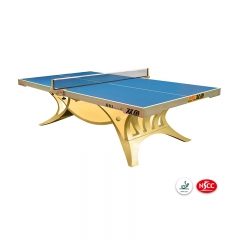
โต๊ะปิงปองพรีเมี่ยมสำหรับประชัน volant king
โต๊ะปิงปองระดับพรีเมียมรุ่นนี้เหมาะสำหรับการแข่งขันชิงแชมป์ อนุมัติโดย ittf และ nscc ไฟสีฟ้าช่วงล่างสีเงิน
อ่านเพิ่มเติม -
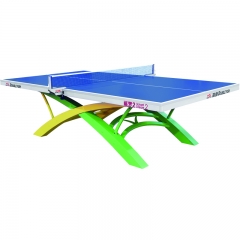
โต๊ะปิงปองอย่างเป็นทางการสำหรับการแข่งขัน Volant Dream 2
โต๊ะปิงปอง Volant Dream 2 อย่างเป็นทางการสำหรับการแข่งขันระดับนานาชาติที่ออกแบบโดยกีฬาปลาคู่
อ่านเพิ่มเติม -
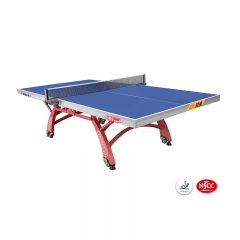
โต๊ะปิงปองอย่างเป็นทางการสำหรับการแข่งขัน xiangyun 328a
โต๊ะปิงปองแบบพกพา พับได้ พรีเมี่ยม ดีไซน์กะทัดรัด ระบบพับแบบใหม่ช่วยลดความเสี่ยงของการบาดเจ็บระหว่างการจัดเก็บและเคลื่อนย้ายโต๊ะ ittf อนุมัติโต๊ะปิงปอง
อ่านเพิ่มเติม -
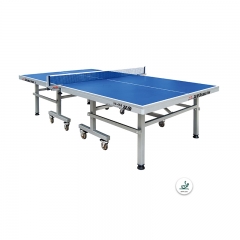
โต๊ะปิงปองอย่างเป็นทางการสำหรับเวิร์ลทัวร์ 99-45b
ittf อนุมัติโต๊ะปิงปองอย่างเป็นทางการสำหรับการแข่งขันระดับนานาชาติ ความหนาของโต๊ะ: 25mm คุณภาพการแข่งขัน – โต๊ะระดับมืออาชีพนี้ออกแบบมาสำหรับการแข่งขันในระดับสูงสุด สมบูรณ์แบบสำหรับครอบครัว – เสนอการเล่นระดับพรีเมียมสำหรับทุกเพศทุกวัย ไปแบบตัวต่อตัวหรือพับขึ้นเพื่อฝึกฝนเป็นรายบุคคล เหล็กหนา 2 นิ้วรองรับความท้าทายที่ยากที่สุด แกนกลางที่ยอดเยี่ยมสำหรับห้องเล่นเกม ถ้ำ หรือยิมของคุณ ประกอบง่าย – เริ่มเล่นในไม่กี่นาทีด้วยการประกอบอย่างง่าย ตาข่ายคุณภาพสูงมาพร้อมแคลมป์ล็อคที่ติดง่าย
อ่านเพิ่มเติม -
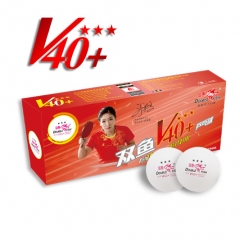
ปลาคู่คุณภาพดีที่สุด v40 volant ลูกปิงปอง 3 ดาว
ปลาคู่ v40 volant ลูกปิงปอง 3 ดาว เป็นไปตามมาตรฐานทางเทคนิค t3 ล่าสุดของ ittf ได้รับการอนุมัติจาก ittf และลูกอย่างเป็นทางการสำหรับทีมเทเบิลเทนนิสเวิลด์คัพ 2018 ที่ลอนดอน ตีกลับสูงขึ้น แกร่งขึ้น ,ปลอดภัยและทนทานกว่าเซลลูลอยด์แบบเดิมๆ ลูกบอลเย็บเอบีเอส
อ่านเพิ่มเติม -
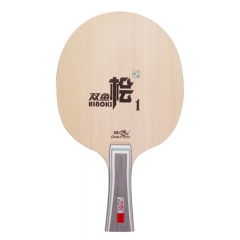
ปลาคู่ฮิโนกิ 1 ใบปิงปอง
|0|
อ่านเพิ่มเติม
ย้อนรอยต้นกำเนิด Double Fish - การพัฒนาโรงงานปิงปองกว่างโจว (ตอนที่ 1)
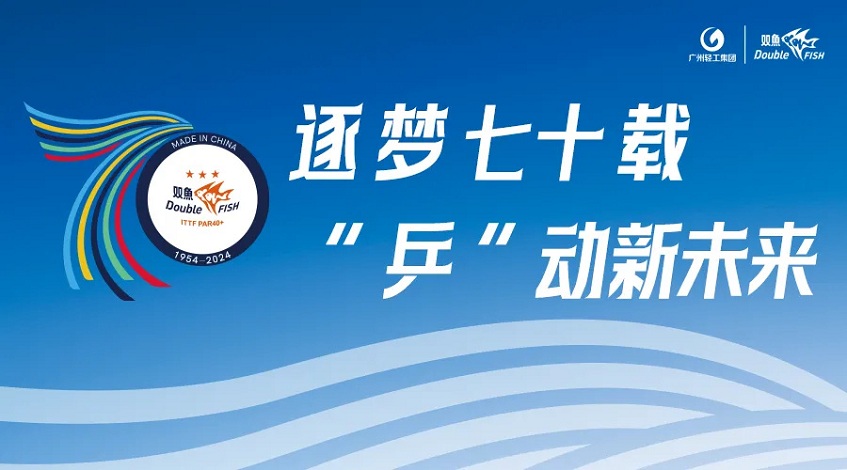
นับตั้งแต่ก่อตั้งสาธารณรัฐประชาชนจีน กว่างโจวได้ส่งเสริมกระบวนการของการพัฒนาอุตสาหกรรมและความทันสมัยแบบสังคมนิยมอย่างต่อเนื่อง โดยการดำเนินการตามแผนห้าปีสำหรับการพัฒนาเศรษฐกิจและสังคมแห่งชาติ ในช่วงเวลานี้ กว่างโจวเริ่มก่อตั้งระบบเศรษฐกิจสังคมนิยม โดยวางรากฐานสำหรับการส่งเสริมการก่อสร้างสังคมนิยมอย่างครอบคลุม
ในฤดูใบไม้ร่วงปี 1959 การประชุมคณะกรรมการสาขาพรรคครั้งสำคัญจัดขึ้นในเพิงมุงจากอันรกร้างในเมืองตุนโถวจิ 2 ทางตะวันออกของกวางโจว เลขาธิการสาขา เหลียว หงลือ กล่าวถึงการตัดสินใจของคณะกรรมการเขตที่จะยุติการทำงานของโรงงานในอุตสาหกรรมอาหาร วัฒนธรรม และการศึกษามากกว่า 30 แห่งในเขตใจกลางเมือง 3 เพื่อสร้างฐานการผลิตวัตถุดิบเคมีที่นี่ ในการประชุม ทุกคนได้หารือกันและก่อตั้งโรงงานแห่งใหม่ที่มีการบัญชีอิสระ โดยนำอุปกรณ์วิศวกรรมโยธาและคนงานออกจากโรงงานแต่ละแห่ง ในไม่ช้า ผู้บังคับบัญชาก็เห็นด้วยกับข้อเสนอแนะของพวกเขา และสั่งสอนอย่างเข้มงวดว่า "อนุญาตให้ประสบความสำเร็จเท่านั้น ไม่อนุญาตให้ล้มเหลว" จึงมีชื่อเรียกว่า "โรงงานเคมีอาหารเฉิงกง"
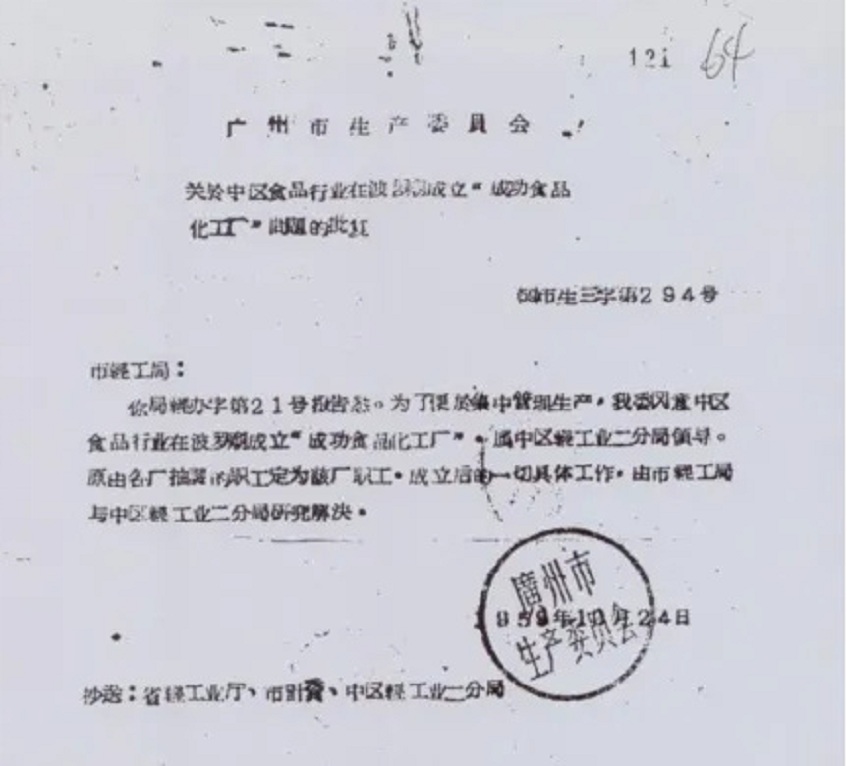
คำตอบจากคณะกรรมการการผลิตเทศบาลกวางโจวเกี่ยวกับการจัดตั้งโรงงานเคมีอาหารเฉิงกง
ในเดือนมีนาคม 1960 โรงงานที่เพิ่งเกิดใหม่ได้ตัดสินใจย้ายไปยังที่ตั้งแห่งใหม่ของวัดโปโล④ บนฝั่งเหนือ⑤ เนินเขาที่ขรุขระและแห้งแล้งซึ่งเป็นโรงงานแห่งใหม่ที่มี "รากฐาน" เพียงเล็กน้อย ต้องเผชิญกับความยากลำบากของ "ท้องฟ้าเหนือศีรษะและถิ่นทุรกันดารใต้ฝ่าเท้า" สถานการณ์แบบนี้โรงงานสามารถดำเนินการได้หรือไม่? คนงานกล่าวว่า: "คนที่กินอาหารสำเร็จรูปจะกระดูกอ่อน ไม่ว่าจะยากแค่ไหนก็ไม่ลำบากเท่ากับการใช้ชีวิตในกระท่อมมุงจากและนอนบนโคลนเมื่อมาถึงตุนโทจิครั้งแรก
"เนื้อหาของบทความนี้รวบรวมจากข้อมูลทางประวัติศาสตร์ของโรงงาน Chenggong Table Tennis Factory และหน้าที่ 303-304 ของเล่มที่ 5 (ตอนที่ 1) ของ "Guangzhou City Chronicles" จำนวน 303-304 หน้า
2. ตามความทรงจำของ Li Zhouchang โรงงานเก่า ผู้อำนวยการโรงงานเทเบิลเทนนิสกวางโจวเฉิงกงในช่วงทศวรรษ 1980 ตงเจียว ดันโถวจิ ตั้งอยู่ใกล้กับหนานกังในเขตหวงผู่
3 เขตกลางถูกยกเลิกในปี 1960 และเขตเซ็นทรัลส่วนใหญ่ได้รับมอบหมายให้เป็นเขตเยว่ซิ่วในปัจจุบัน และบางพื้นที่ได้รับมอบหมายให้เป็นเขตลี่วาน ④วัดโปโลหรือที่รู้จักกันในชื่อวัดหนานไห่และวัดตะวันออกตั้งอยู่ในหมู่บ้านเหมียวโถว เขตหวงผู่ กวาง
โจว สร้างขึ้นในปีที่ 14 ของราชวงศ์ซุย (594) และมี ประวัติความเป็นมายาวนานกว่า 1,400 ปี
⑤ เนื่องจากที่ตั้งโรงงานอยู่ใกล้กับปากแม่น้ำเพิร์ล องค์ประกอบของน้ำทะเลโดยรอบจึงส่งผลต่อการผลิตวัตถุดิบเคมี ดังนั้นจึงตัดสินใจย้ายโรงงานไปยังตำแหน่งที่เหมาะสมกว่า -
มีวิธีจัดการกับความยากจนอยู่หลายวิธี หากไม่มีบ้าน จงสร้างมันเอง!" ดังนั้น พวกเขาจึงขนส่งวัสดุก่อสร้างทั้งหมดจาก Duntouji ไม่ว่าจะเป็นโรงฟาง อิฐและกระเบื้อง หรือเตา หรือแม้แต่ต้นพีชที่ปลูกใหม่ - ข้ามแม่น้ำโดยไม่ละเลย และเริ่มสร้างโรงงานแห่งใหม่บนพื้นที่แห้งแล้งแห่งนี้ บนเนินเขาที่แห้งแล้งแห่งนี้ คนงาน คนงาน และวีรบุรุษหลายร้อยคนกำลังก่อสร้างฐานทัพ พวกที่เผาปูนขาว แบกทรายและน้ำ ย้ายอิฐเพื่อสร้างกำแพง และตอกตะปู กรอบโลหะ... ในตอนกลางวันก็พลุกพล่าน ตอนกลางคืนก็คึกคัก ทุกคนรวมตัวกัน และดินก็กลายเป็นทองคำ อาคารโรงงานและหอพักก็ถูกสร้างขึ้น
แม้ว่าอาคารโรงงานจะถูกสร้างขึ้น แต่ก็ยังต้องเผชิญกับความท้าทายมากมาย แต่คนงานไม่กลัวความยากลำบากและเริ่มใช้วิธีการท้องถิ่นในการผลิตผลิตภัณฑ์เคมีเพื่อตอบสนองความต้องการเร่งด่วนของการผลิตภาคอุตสาหกรรมในขณะนั้น พวกเขาเริ่มที่จะผลิตวัตถุดิบเคมีขั้นพื้นฐาน เช่น กรดไฮโดรคลอริก ซัลเฟอร์บริสุทธิ์ เอทานอล สารแต่งกลิ่นโมโนเมอร์ แบเรียมซัลไฟด์ และกรดไฮโดรซัลฟิวริก และส่งมอบให้กับโรงงานหลายแห่ง รวมถึงโรงงาน Asia Soda เพื่อรองรับการพัฒนาอุตสาหกรรมของกวางโจว
ในเวลานี้ กีฬาเทเบิลเทนนิสในจีนใหม่ค่อยๆ พัฒนาขึ้น และผลักดันกีฬาเทเบิลเทนนิสในประเทศไปสู่จุดสูงสุดใหม่อย่างต่อเนื่อง
ในปี 1959 โลกสั่นสะเทือนโดยนักกีฬาชาวจีน ในวันที่ 5 เมษายนของปีนั้น การแข่งขันเทเบิลเทนนิสชิงแชมป์โลก ครั้งที่ 25 จัดขึ้นที่เมืองดอร์ทมุนด์ อดีตเยอรมนีตะวันตก Rong Guotuan นักเล่นเทเบิลเทนนิสวัย 21 ปีเอาชนะผู้เล่นระดับโลกหลายคนติดต่อกัน และในที่สุดก็เผชิญหน้ากับ Sido ทหารผ่านศึกชาวฮังการีผู้คว้าแชมป์โลกถึงเก้าครั้ง Rong Guotuan เล่นได้อย่างมั่นคงหลังจากพ่ายแพ้ในเกมแรก และในที่สุดก็ชนะสามเกมติดต่อกัน คว้าแชมป์โลกชายเดี่ยวให้กับประเทศจีน นี่เป็นการแข่งขันชิงแชมป์โลกครั้งแรกนับตั้งแต่ก่อตั้ง New China
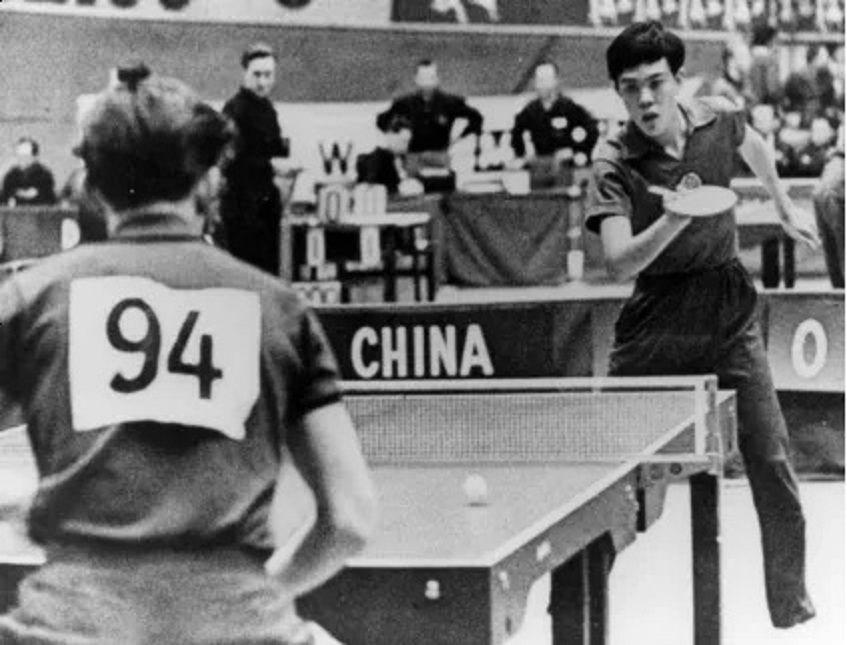
การแข่งขันเทเบิลเทนนิสชิงแชมป์โลกครั้งที่ 25 Rong Guotuan เต็มไปด้วยความตื่นเต้น
เกือบจะในเวลาเดียวกันกับที่ Rong Guotuan คว้าแชมป์ได้ สหพันธ์เทเบิลเทนนิสนานาชาติตกลงที่จะเป็นเจ้าภาพจัดการแข่งขัน World Table Tennis Championships ครั้งที่ 26 ที่กรุงปักกิ่ง หลังจากมีข่าวออกมา ผู้คนต่างพากันรีบบอกต่อ และทุกฝ่ายต่างแสดงความกังวลและให้กำลังใจ ต้อนรับ "วันที่ 26" และเล่นได้ดีในวันที่ "26" กลายเป็นรายการสำคัญทั่วประเทศ ผลก็คือ ความคลั่งไคล้กีฬาปิงปองแพร่กระจายไปทั่วประเทศจีน และความต้องการอุปกรณ์ปิงปองก็เพิ่มขึ้นทุกวัน
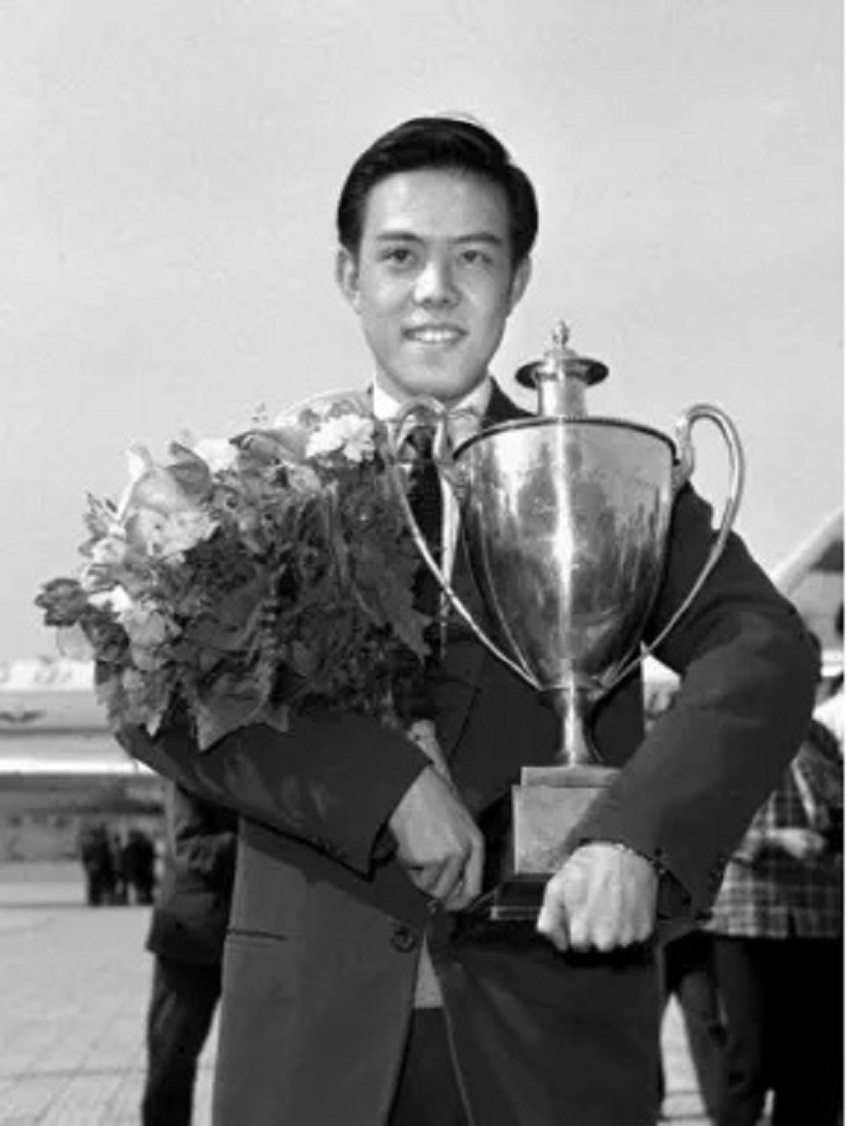
หร่ง กั๋วตวน แชมป์โลกคนแรกของจีน
In 1960, in response to Chairman Mao's call for "developing sports and strengthening the people's physique" and to meet the people's need for table tennis when developing sports, in September of that year, the superiors decided that the future product task of Chenggong Factory would be to produce table tennis. The factory name was changed to Chenggong Table Tennis Factory, and it was decided to integrate a table tennis trial production team of Guangzhou Guoqun Musical Instrument Factory ⑥ into it. Unexpectedly, this production conversion decision determined the fate of the birth of the first professional table tennis factory in Guangzhou, and even had a profound impact on the development of Chinese table tennis equipment!
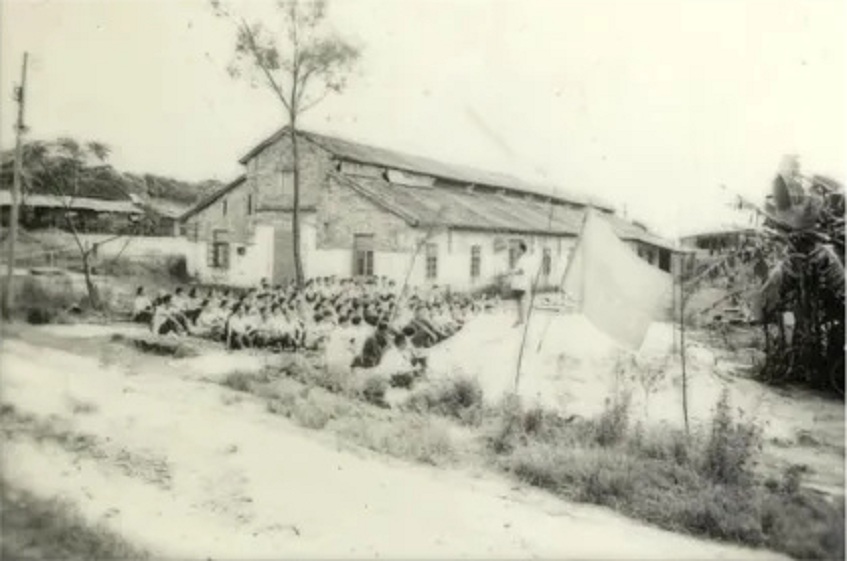
The appearance of the factory near the Polo Temple in the last century
When the Chenggong Table Tennis Factory received the task of switching to the production of table tennis balls, it faced many difficulties: first, it had no technology to produce table tennis balls; second, it had no machinery and equipment, only a few simple tools such as vises, hand drills, and broken bellows; third, it had no industrial water, only a drinking well; fourth, it had no suitable factory buildings, only four borrowed earthen houses for temporary residence. All the employees of the factory carried forward the spirit of "self-reliance and hard work", relying on simple tools to make parts and equipment; dig channels and build pools to draw mountain water, and use cars to draw river water during droughts; build earth stoves, borrow large pots, and use boiling water to "cook" table tennis balls⑦
"⑥According to the "Guangzhou City Annals", in the early 1950s, Guangzhou Guoqun Musical Instrument Factory once produced toy table tennis balls, with a monthly output of about 50,000.
⑦The original table tennis ball process: First, the 0.55 mm thick raw material is cut into discs through a punching process. Then, these discs are heated in hot water to soften, and then placed in a pressing mold and pressed into two hemispherical shapes with edges. After the initial forming is completed, the edge rings of the two hemispheres are cut off to ensure the neatness and uniformity of the edges. Subsequently, the two hemispheres with the edge rings removed are precisely bonded by using a special solvent, and the bonded spheres are soaked in warm water for maintenance. Finally, Put the bonded sphere into the mold and heat it in a medium with a temperature higher than 100 degrees (such as water or wax solution) to eliminate the bonding seams and ensure the overall strength and shape of the sphere. The process of "boiling" ping-pong balls refers to the last step, which is to heat it in a medium with a temperature higher than 100 degrees (such as water or wax solution) to eliminate the bonding seams. "
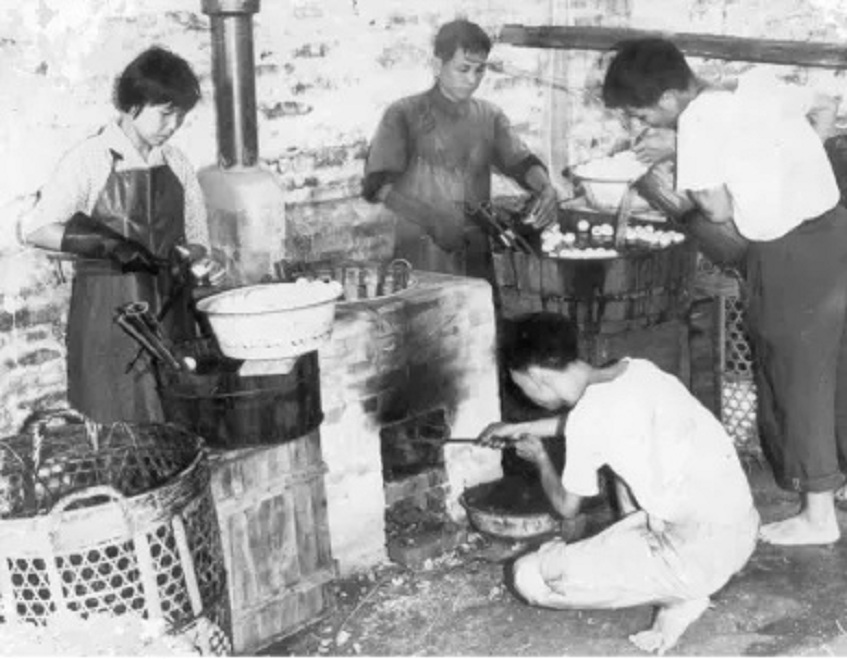
Early ping-pong ball production
แม้ว่าจะไม่มีเครื่องหมายการค้าของแบรนด์และไม่มีมาตรฐานคุณภาพที่ชัดเจนในขณะนั้น แต่ลูกปิงปองชุดนี้รวบรวมความพยายามและหยาดเหงื่อนับไม่ถ้วนของชาวดับเบิ้ลฟิชรุ่นก่อน ๆ ส่องแสงด้วยแสงแห่งอุดมการณ์ของ "การพึ่งพาตนเองและทำงานหนัก "และในที่สุดก็ออกมาได้สำเร็จ!















 Overseas business:(020)8431 9554
Overseas business:(020)8431 9554
 13829778212
13829778212